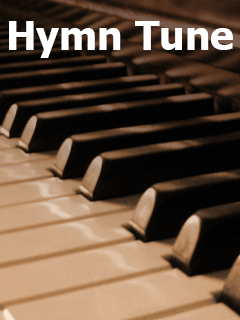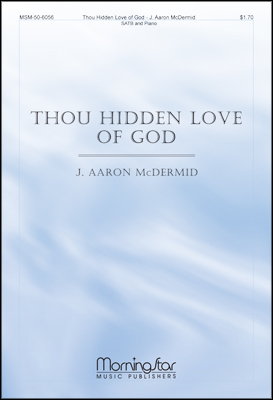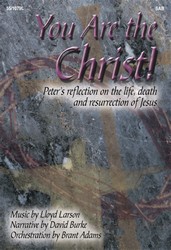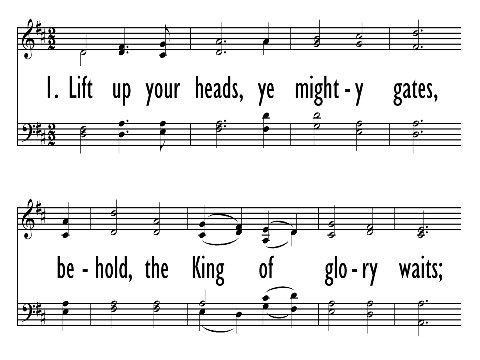- |
User Links
GOTTLOB, ES GEHT NUNMEHR ZU ENDE

GOTTLOB, ES GEHT NUNMEHR ZU ENDE
Composer: Johann Gottlieb WagnerPublished in 38 hymnals
Printable scores: PDF, MusicXML
Audio files: MIDI, Recording
Composer: Johann Gottlieb Wagner
Johann Gottlieb Wagner; organist in Langenoeis, Schlesien, 1742 Evangelical Lutheran Hymnal, 1908 Go to person page >Tune Information
| Title: | GOTTLOB, ES GEHT NUNMEHR ZU ENDE |
| Composer: | Johann Gottlieb Wagner |
| Meter: | 8.8.8.8 |
| Incipit: | 31343 21233 36711 |
| Key: | F Major |
| Source: | J. G. Wagner's Sammlung alter und neuer, 1742 |
| Copyright: | Public Domain |
Texts
The Death of Jesus Christ, Our LordThe death of Jesus Christ, our Lord,
We celebrate with one accord;
It is our comfort in distress,
Our heart's sweet joy and happiness.
Alternative Tunes
Notes
Various forms of GOTTLOB are found in a number of collections of old German melodies. One form of the tune appeared in Johann G. Wagner's Sammlung alter und neuer (1742) with the burial hymn "Gottlob, es geht nunmehr zum Ende" ("Thanks Be to God; My End Is Near Me"). Although only the first line of this variant vaguely resembles the harmonization by Johann S. Bach (PHH 7) in the Psalter Hymnal, some scholars think it is the source for Bach's setting published posthumously in the second edition of his Choralgesangbuch (1769). Other scholars think Bach found another source, and still others think he composed the tune himself.
Like many German chorales, this tune is a bar form (AAB). Its superb melody is finely matched by Bach's harmonization, which invites four-part singing. A moderate tempo helps to underline the cheerful hope of this text.
--Psalter Hymnal Handbook, 1988
Timeline
Arrangements
Piano/OrganMore Piano/Organ... |  |
ChoralMore Choral... |  |
PowerPointMore PowerPoint... |  |
Harmonizations, Introductions, Descants, Intonations
|
Organ Solo
|
Media
The Cyber Hymnal #1196
Text: The Death of Jesus Christ, Our LordPsalter Hymnal (Gray) #35
Text: O LORD, Arise, Come Help Me NowSmall Church Music #2270
- PDF Score (PDF)


 My Starred Hymns
My Starred Hymns


